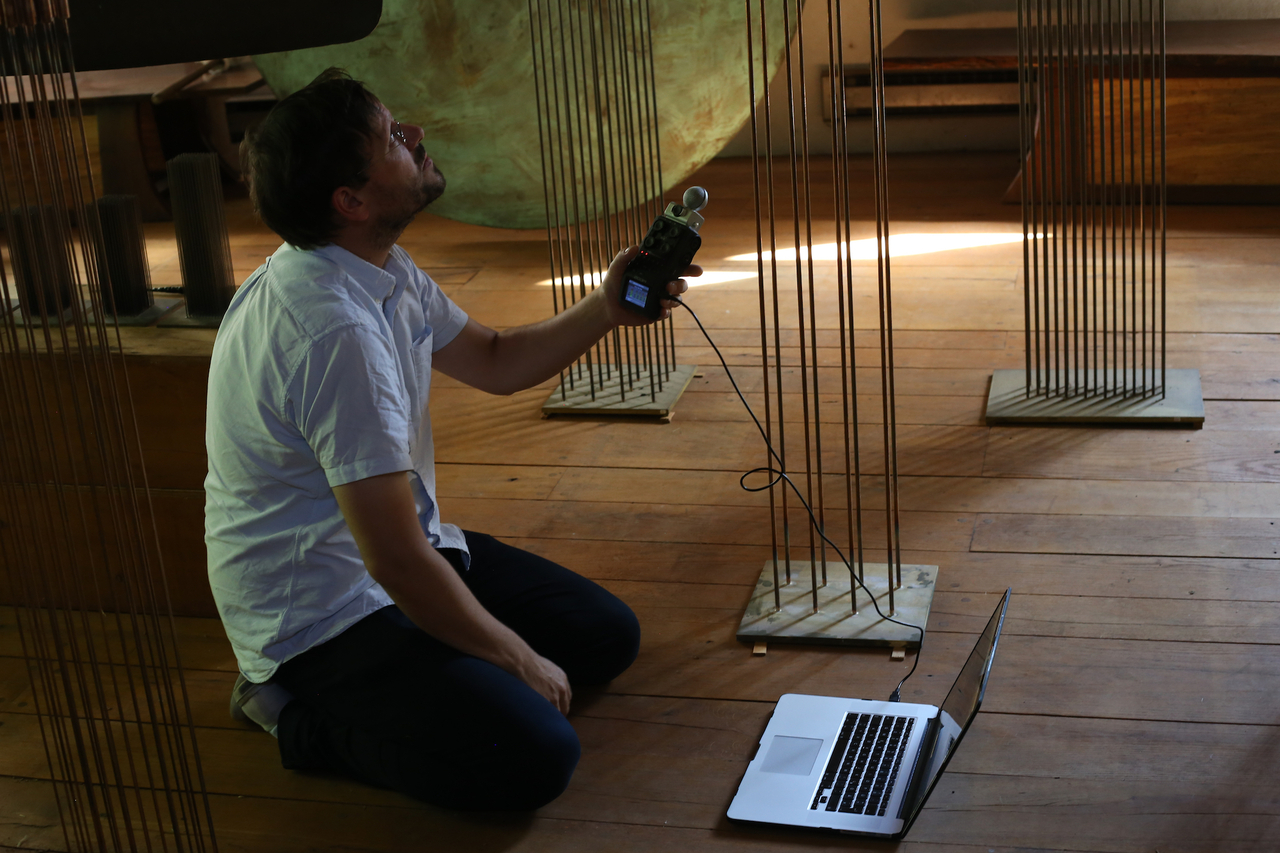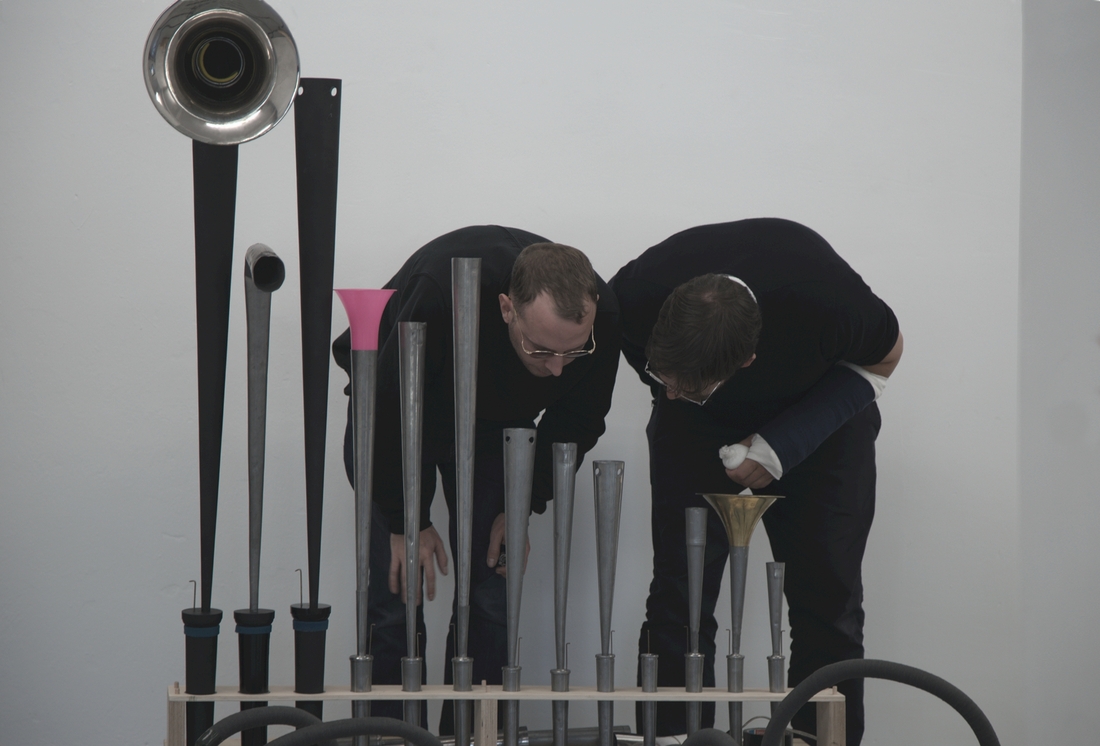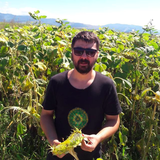Nowadays, the core of Phillip’s work lies in a project made together with Konrad Sprenger, called
Modular Organ System - an organ pipe-based installation that they do from time to time in museums and galleries. “My DJ career was constantly there (I also need to make a living), but my heart was mostly in this organ. I’ve spent most of my money in building and buying more pipes and wind blowers. It’s very focused on tuning of course, and even if it is controlled by computer, it’s completely unamplified; it’s just pure mechanical sound by the pipes.”
Since the whole world goes through a complete transformation and the entire idea of the DJ has changed ever since the start of the pandemic, I couldn’t help to ask Phillip what will happen with the DJ world in the future. “I consider my profession as non-existing”, he jokes. “I must say, when this lockdown came over us, I was so exhausted that for the last few months I’ve been sleeping every day for 8 hours. I feel like I was recovering from years of travelling and not sleeping on the weekends. I really felt that my body was drastically changing every day. It’s crazy what this DJ life does to you – it’s quite drastic.”
And as many others (myself included) can agree to this, he also didn’t got along with the development of the electronic music industry from the last few years. “I was in techno music because it didn’t have a stage, it didn’t have somebody to look at. It was just about sound in a dark room, repetitive trance inducing music. For me it’s the same if I sit in a temple outside of Kyoto listening to Buddhist chants or to a Gamelan orchestra, or if I go to Berghain; I share the same interest. It’s a completely different kind of sound and volume, but the concept is almost the same. But I’m not interested in how the DJ looks or what he did, or if he has a private jet or not; it’s bullshit!”. He admits that thankfully, he never got there, even if he was “tempted at some points from certain lifestyles and stuff that you get”.
“I think it can be a great chance to get back to the real idea of repetitive electronic music in a dark room. And also focus more on a local side of it. Hundreds of time I’ve arrived somewhere in the club super tired, and the warm up DJ before me plays such a good set and he knows the club so much better than I do; the system, the crowd, everything. But people only come and pay for the names and then it feels so wrong that he gets paid 200 and I get so much more. In the future there are chances that it will be concentrating even more on the star system and people will go only to see big names or it will be more local, cheaper, and real underground will come back. Go to rave for five euros.”
Monophonie was released on May 15, 2020 at A-TON.
Modular Organ System will be on display at
LaVallée in Bruxelles, from November 9-15, with two performances.
--
*This article is part of the project Music & Conversations in the Attic, co-financed by AFCN.






